This blog is mostly about me and my experiences, but I occasionally like to feature other voices with different experiences. Today, it’s my sister Sammi, who recently got her Masters degree and said goodbye to a part of the world she’s deeply connected to with one last solo hike.
It’s a funny thing saying goodbye. We do it all the time. Leaving work, hanging up the phone. But how is it different when you are saying goodbye to a place? For the second time in my life, I’m saying goodbye to Boone. It is the place I’ve lived the longest besides Georgia.
Since 2008, Boone has been my home. On and off it has loved me, sometimes with the tough love of a friend or partner. As I contemplate my next move, I remember my reflections on this town from so many years ago. It is fun to remember what I said back then, and much of it still rings true, but as with life, the complexities form over time.
The foundations of this post come from one of my going away goals, to climb to the top of Grandfather Mountain via the less-used Boone Scout Trail. At 3.6 miles and 3,000 ft of elevation gain from the parking lot, I’d naturally put off this trail in the hopes that my grad school stress drinking and subsequent weight gain might subside in my last semester.
Naturally, it didn’t. Nonetheless, I decided to tackle this trail in my final days (if just to put off the pain of the climb).
The Boone Scout Trail links up from the Tanawha Trail at the Boone Fork Overlook at around milepost 299 on the Blue Ridge Parkway. The Parkway, as we locals abbreviate it, is 469-miles long and the most visited unit of the National Park Service.
Connecting the towns of Roanoke, VA and Cherokee, NC, the parkway acts as a literal bridge between communities. Although a fantastic asset to the area, the Blue Ridge Parkway’s history is not without controversy. Much like the early days of Great Smoky Mountain National Park, the Blue Ridge Parkway displaced families “for the benefit of the people.”
Land was taken and history was lost. In many respects, the Parkway is another symbol of New Deal Era land use, political tomfoolery, and the oppression and silencing of the poor. Of course, this isn’t the point of this post but it is worth contemplating when taking advantage of such a resource. (Blame it on those two years of Appalachian studies scholarship!!)
Now onto my own journey. I rolled up to the parking lot on a foggy misty morning. I ignored the “Avoid Parkway in fog, snow, and ice” signs to get in this final hike before moving. Like all practical hikers after seeing 127 Hours, I texted my sister, the curator of this wonderful site, with an “If I’m never heard of again…” message.
Then I got to work. Within a half mile, I was huffing. Carrying the extra weight of stress and my late twenties was getting to me. But the flora was amazing, made brighter by the mist soaking my hair and hiding my sweat. The trail was all mine.
No people, no bears (unfortunately), just me and the trees. After 0.6 miles the Tanawha trail links with the Boone Scout Trail. Since the trail is part of the Grandfather Mountain trail system, which is transitioning from private to state ownership, you are required to fill out a permit.
It is a simple form, just requiring your name, intended route, party number, and vehicle information. Due to the rugged nature of the mountain, this is a practical precautionary measure. With my permit tucked away I put my head down and got going on the next section of my journey.
The next 2.5 miles are a lovely climb through indigenous hardwoods, rhododendron thickets, and primitive campsites. The mountain boasts three such sites and one shelter towards the top. They are just off the trail, and not quite intimate, but pre-built platforms for tents protect the vulnerable plant life found only on Grandfather and up in New England.
The best thing about hiking alone is that you get to do it on your terms. I can stop when I feel like it, and at 5’2’’ my legs are a little slower than most my age. I can get engrossed looking at fungi or talk back to my bird friends high in the trees. I answer only to myself.
This is also the hardest part of hiking alone. You have no one to psych you up, to encourage you to keep climbing. It’s a total mind game. I kept giving myself benchmarks. You can turn around at the next mile marker, you can stop and rest at the next campsite.
These reminders are my game. They give me the grace to evaluate what I can actually do, they give me permission to turn around. That morning though, I was being stubborn. After getting within a half mile there was no reason to turn around. Or so I thought.
Two interesting things happen when you reach the last bit of the hike. First is a chance to see the remnants of a 1978 plane crash on the mountain. I’ve been unable to find any information on the crash but there are historical photos of rangers with the wreckage available online.
The second is a change in the style of the trail. Turns out the last half mile is when all those “strenuous” warnings make real sense. With three ladders and one cable, the last leg is downright fun. The white diamond trail markers become more sporadic and you’ve got to be on your game.
There is a side trail that lets you get a view of the Linn Cove Viaduct but I didn’t bother since the fog was so dense. Suddenly you break through the thicket and find yourself in a cloud. The wind was roaring and there was no view but my morning alone on the mountain was well worth it. I’d been on Calloway Peak twice before, via the more traveled Profile and Grandfather Trail combination. This felt different though.
As I say goodbye to my town of the past eight years (on and off), a face turned towards a white wall of fog seemed only natural. I have no idea what to expect of my future and the view lends no clues. What I do know is that it is not about the peak.
The peak is just a small reward. It is the process of pushing yourself, of sweating your ass off, of laughing at yourself when you trip on a root. Those are the things worth valuing. The peak isn’t the point. It never was.
The journey down was less eventful. I (finally) encountered other hikers. Some were lost after avoiding the ladders, others were only looking for the plane crash. I smiled when thinking of the different experiences we were all having. We were each looking for some sort of answer, whether a view, an epiphany, or a good workout.
And that is what brings these sort of interactions to a head. Goodbyes are only natural. They are the acknowledgment of an ending. Getting back to my car, legs burning, Boone felt like it was smiling back at me. We’ve been friends for a long time and this is simply us turning the page on our relationships. I may not always find myself here but Boone won’t move. Boone may change but I will always feel a connection to this place I’ve called home.
About the Author
Sammi Eubanks is a recent Masters graduate from Appalachian State University in the mountains of Boone, North Carolina. Her background is in outdoor and environmental education. In graduate school, Sammi is studying the unique culture of Appalachia. She spends as much time hiking and backpacking as possible and loves to explore the flora and fauna of the southeast. You can read her writing over on This Is My South. All photos are property of the author.
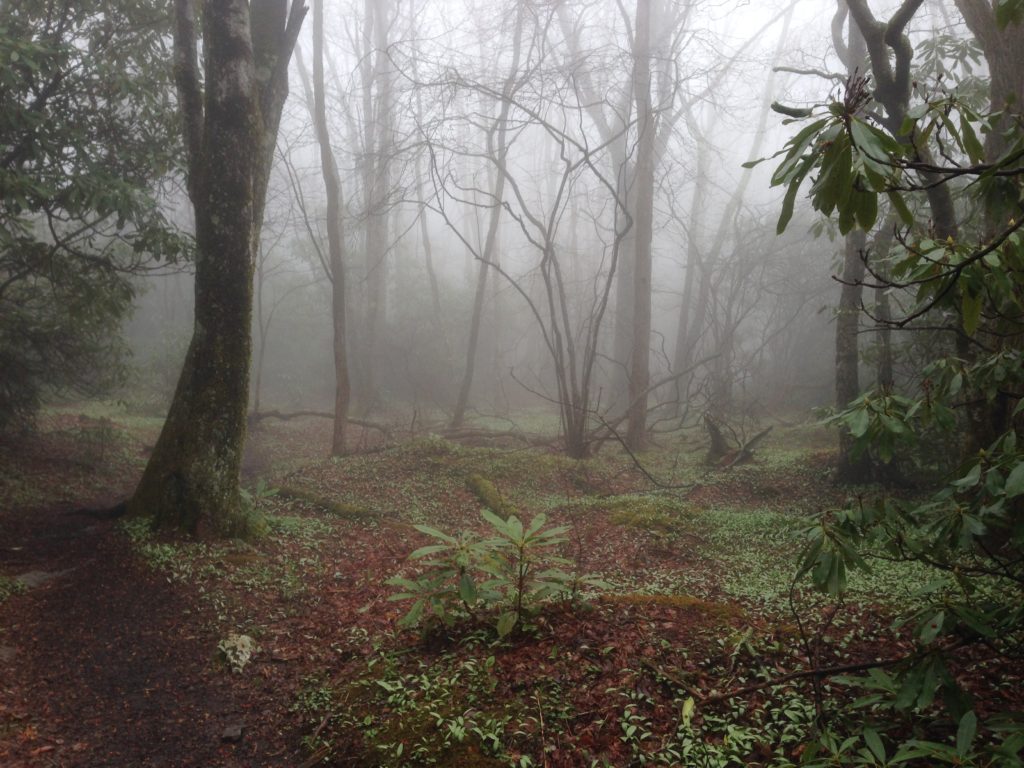
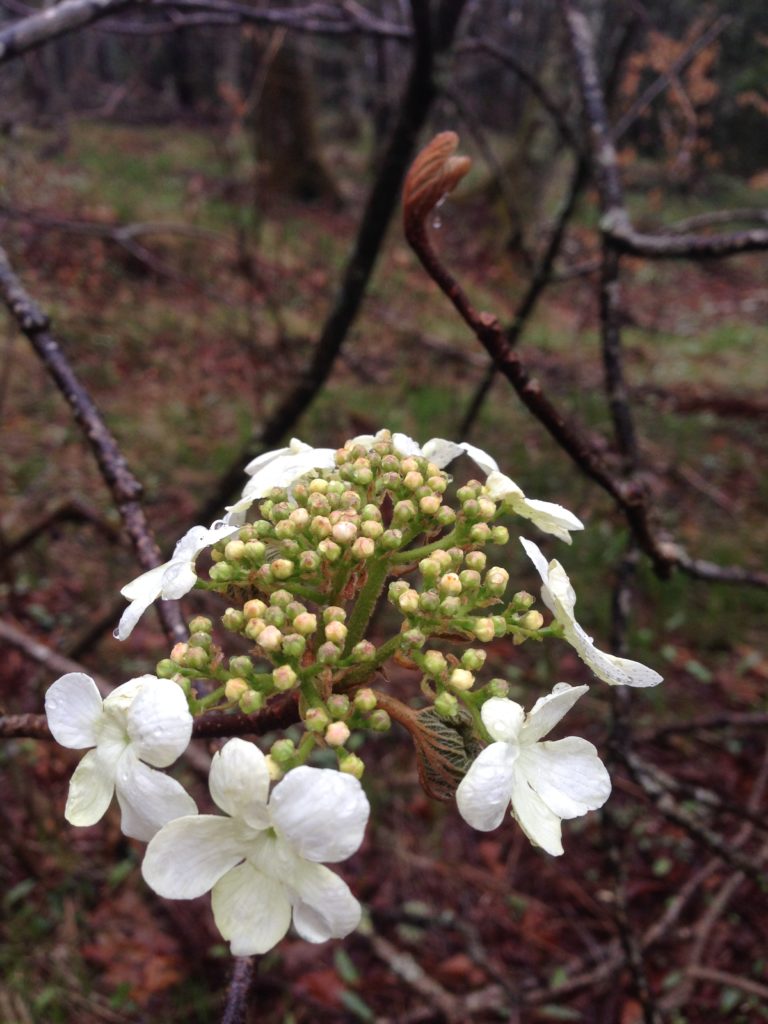
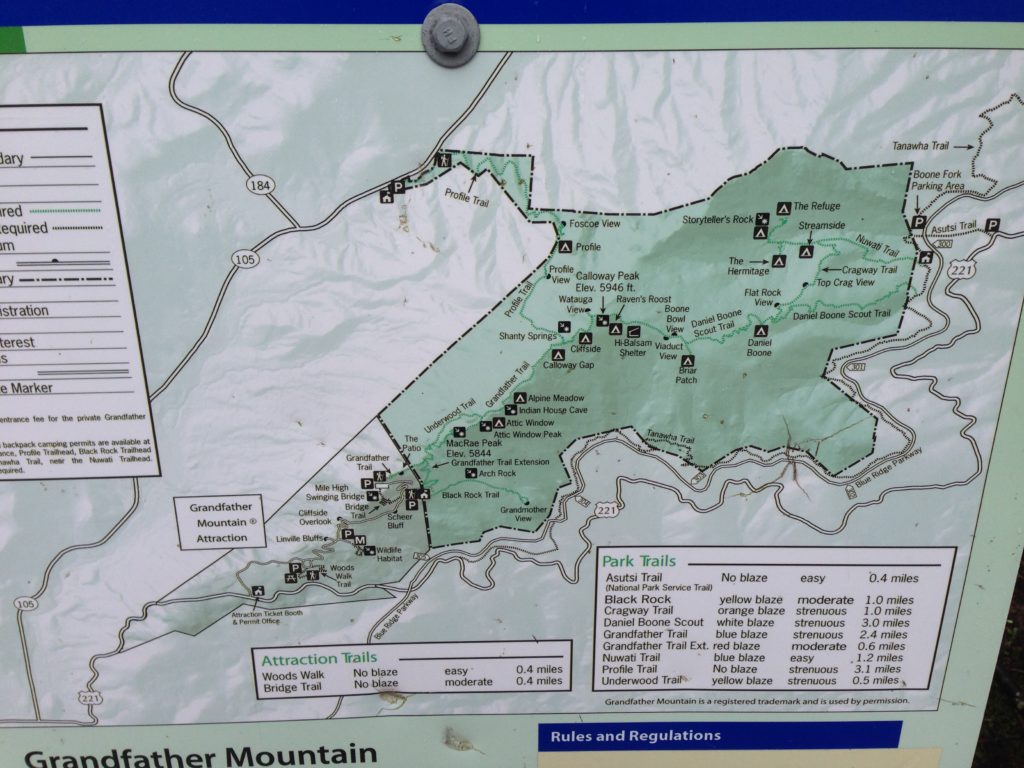
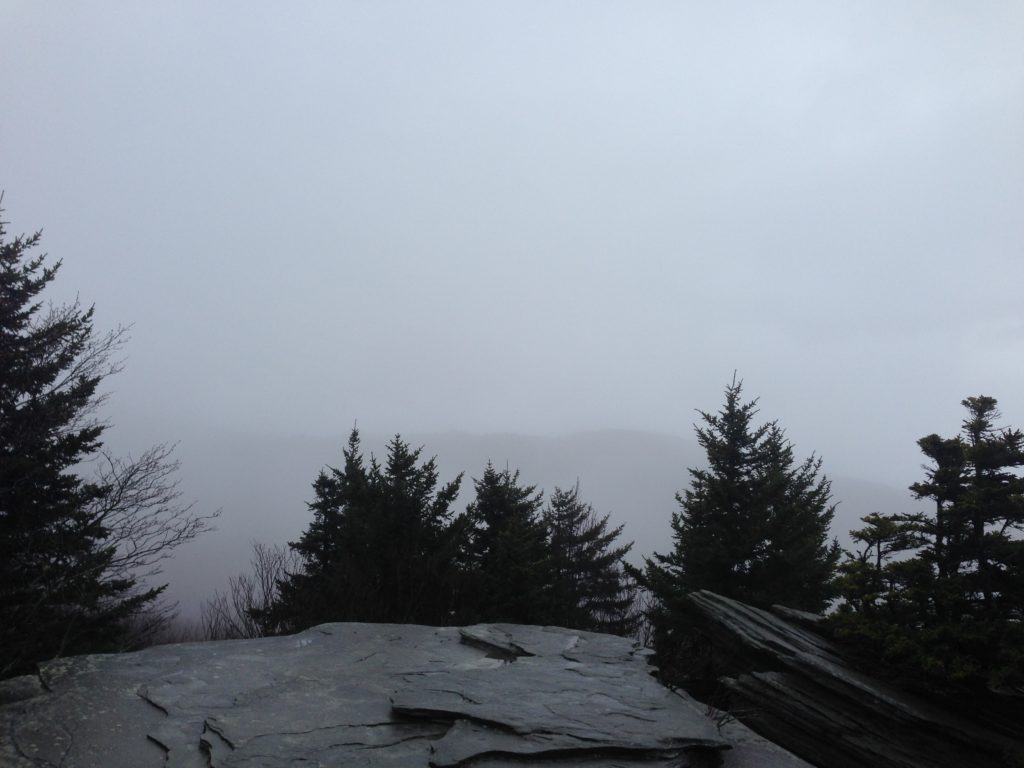
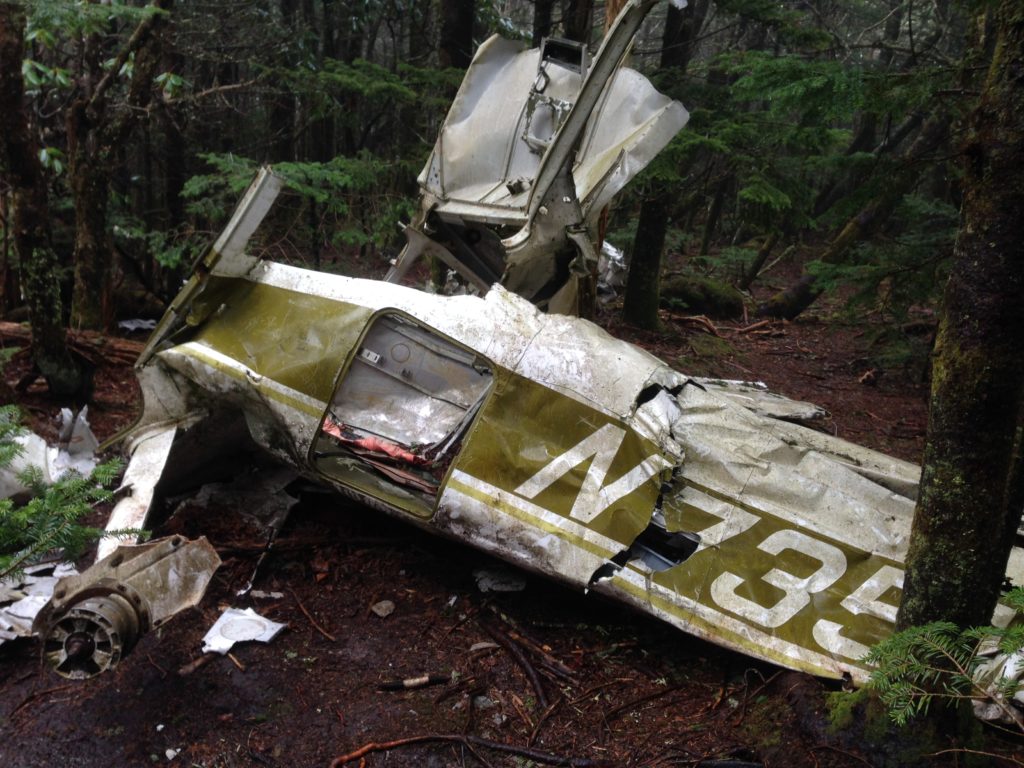
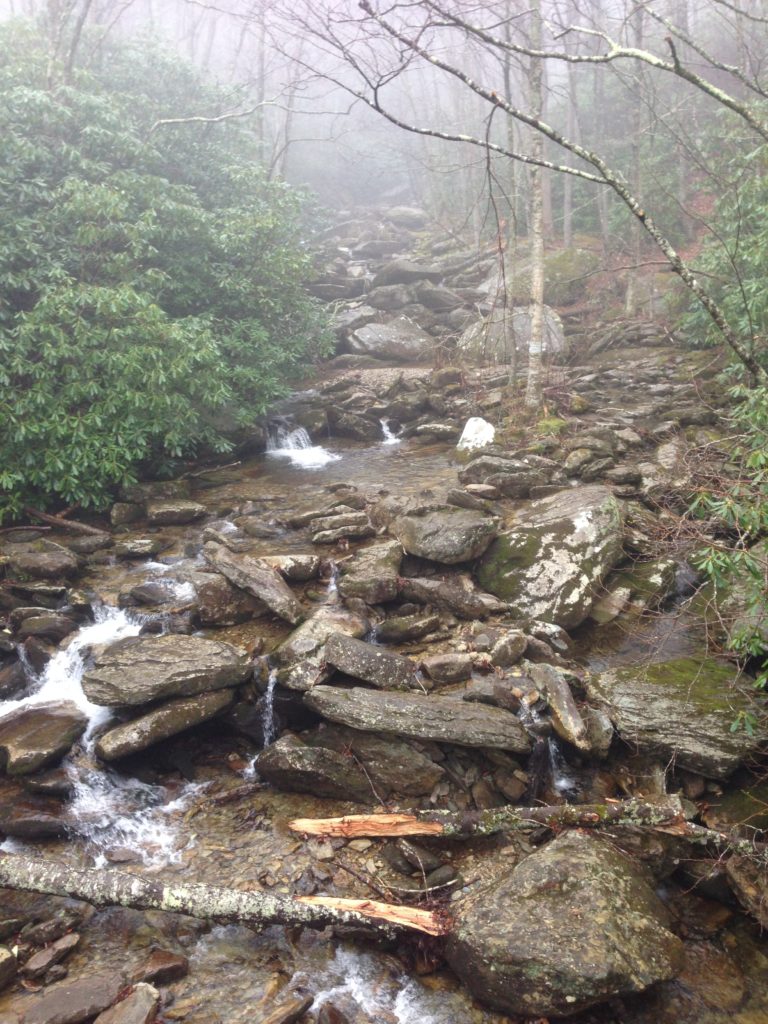
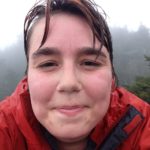
Leave a Reply